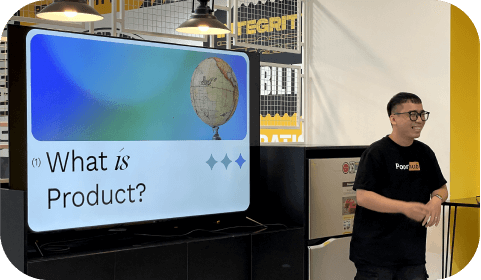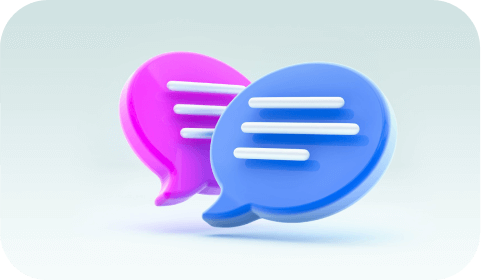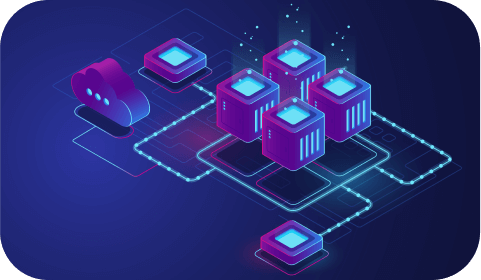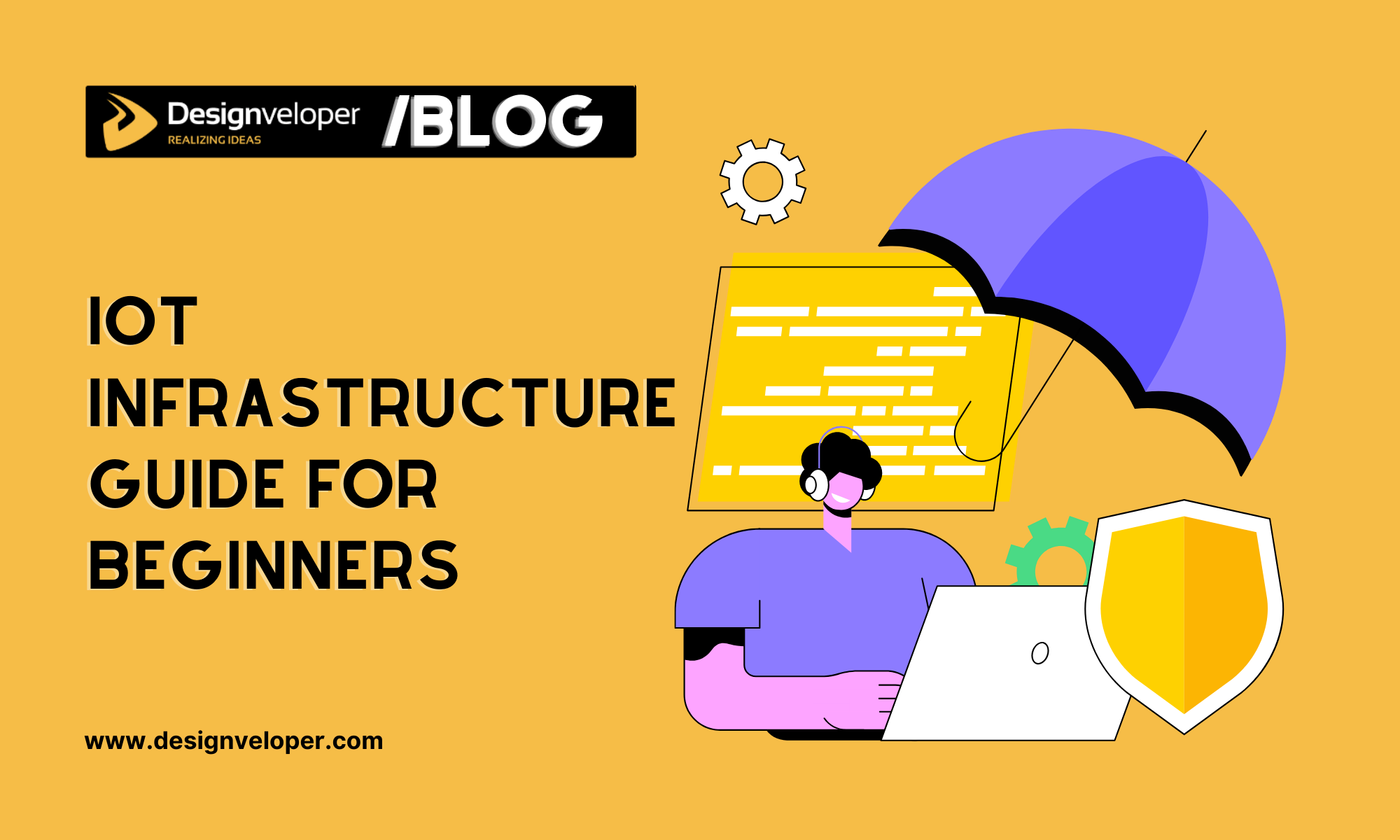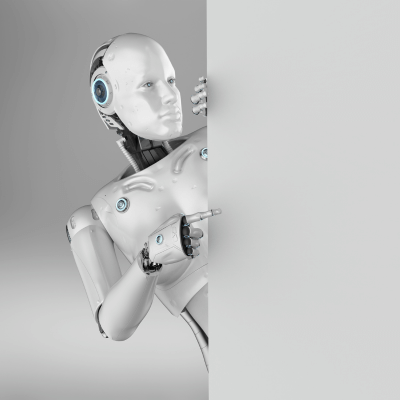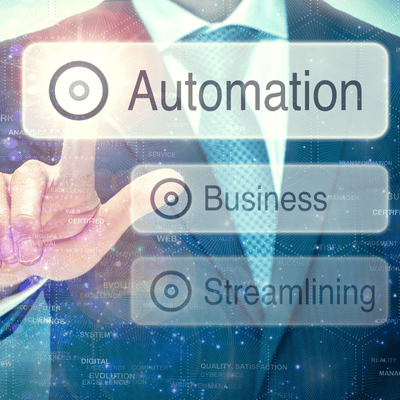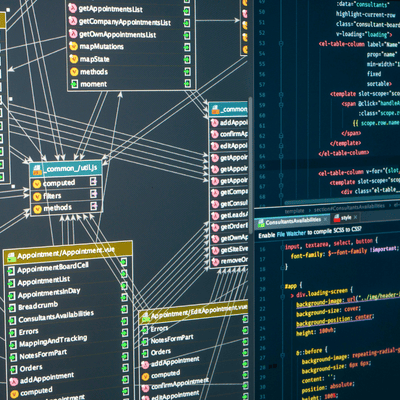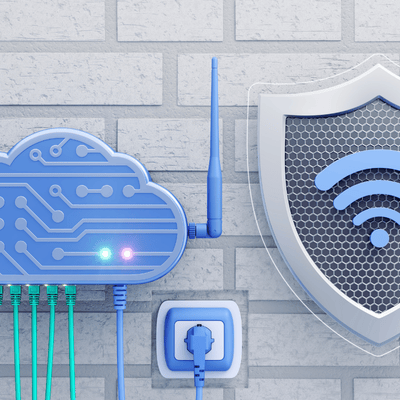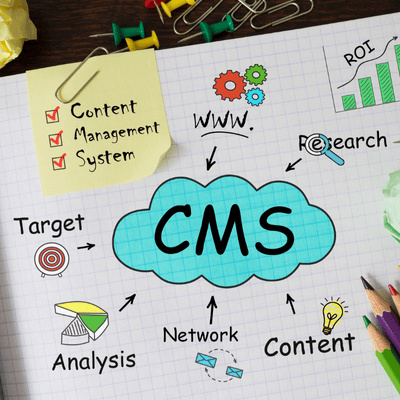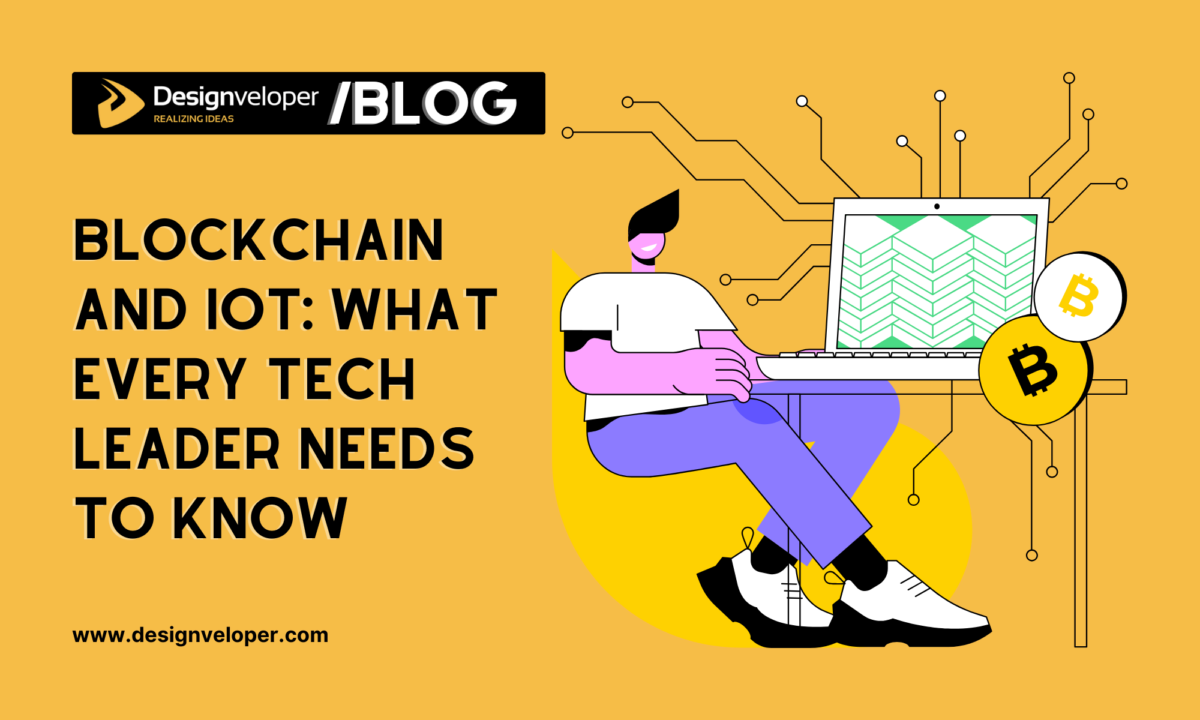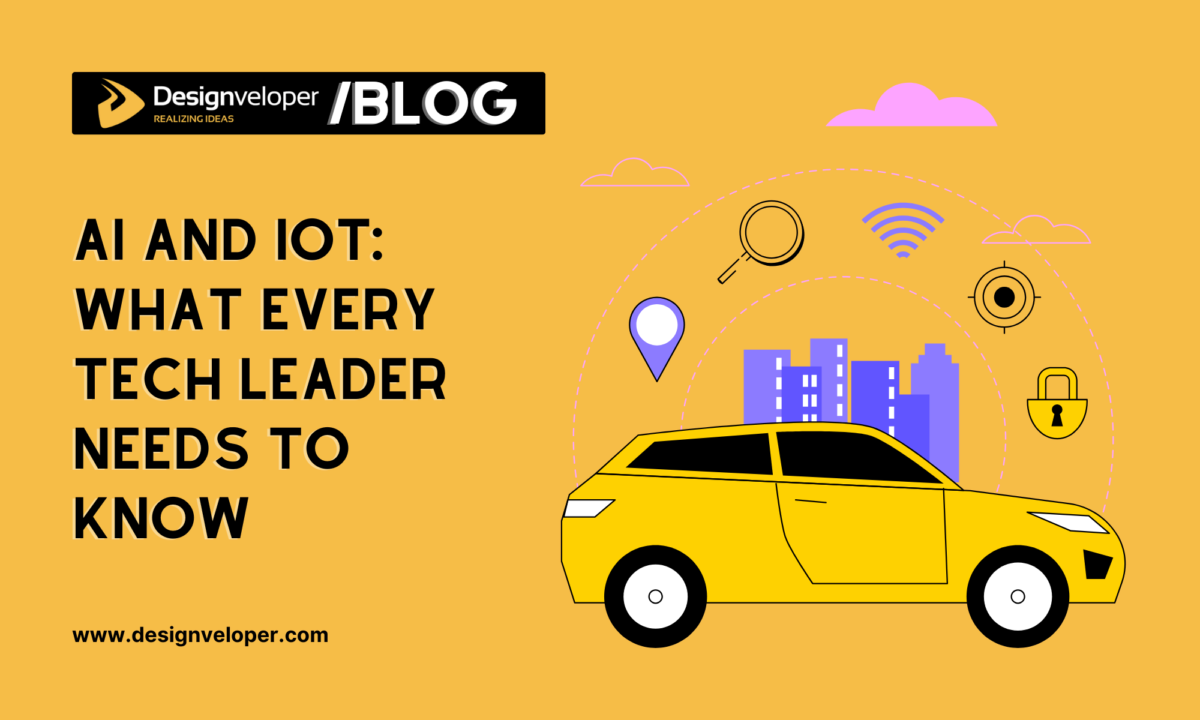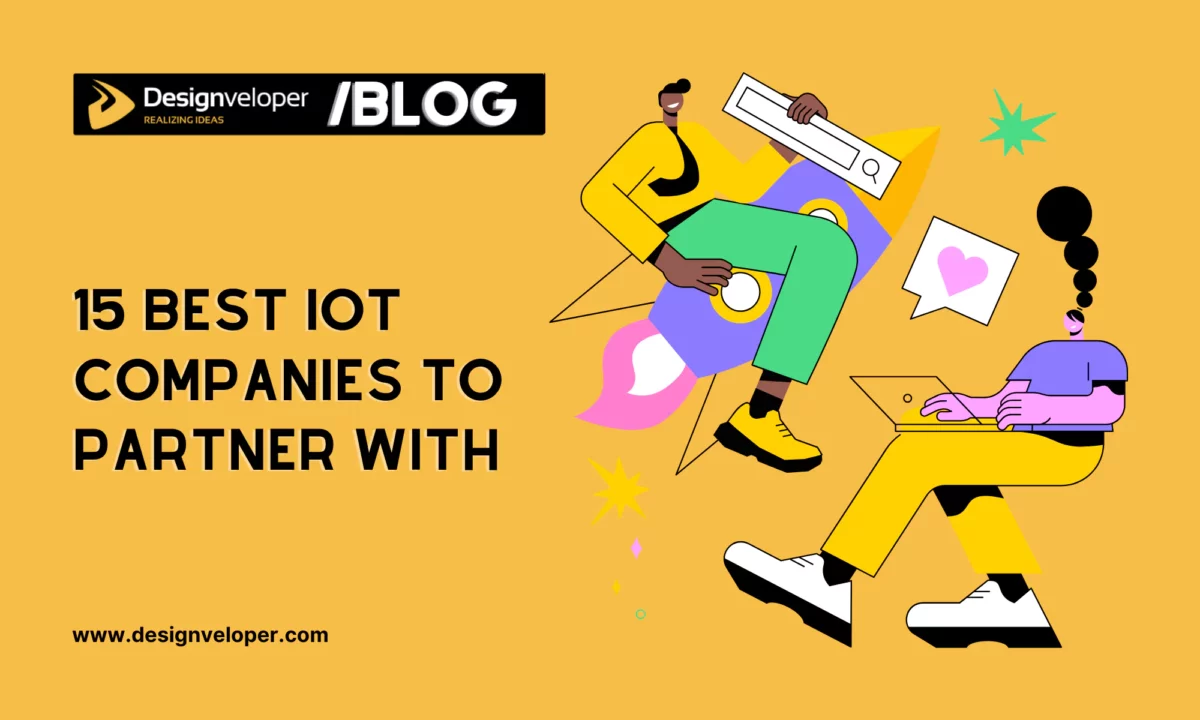
The terms “Internet of Things” and “IoT devices” may be too familiar to many of us. But have you ever heard of “IoT infrastructure”? If you want to build an effective IoT ecosystem – whether it’s for manufacturing plants, smart homes, or medical facilities – understanding IoT infrastructure lays a successful foundation for your IoT deployment. To help you with that, we now offer the most useful information to explain what IoT infrastructure is, its four layers, and the best practices to build an effective one. Now, let’s get started!
What is IoT Infrastructure?

IoT infrastructure is a structured system that explains how data flows from connected devices (e.g., wearables) through gateways to cloud platforms and other systems for processing, storage, and analysis. Briefly speaking, it serves as a high-level blueprint of a “house” (aka an “IoT networking system” here) to show you the way to turn sensor data into valuable insights for your business. Sounds simple, right?
Four Layers of IoT Infrastructure
In recent years, IoT technology has become increasingly popular due to its transformative benefits like cost reduction and increased operational efficiency. The year 2025 accordingly will witness an estimated value of $1.06 trillion globally in this field and a non-stop increase in subsequent years. With a wide range of applications, IoT can operate in a slightly different way to meet different purposes (e.g., industrial automation or fleet management). For this reason, there is no standardized IoT infrastructure for all applications. However, most companies now still adopt a four-layer framework as follows:
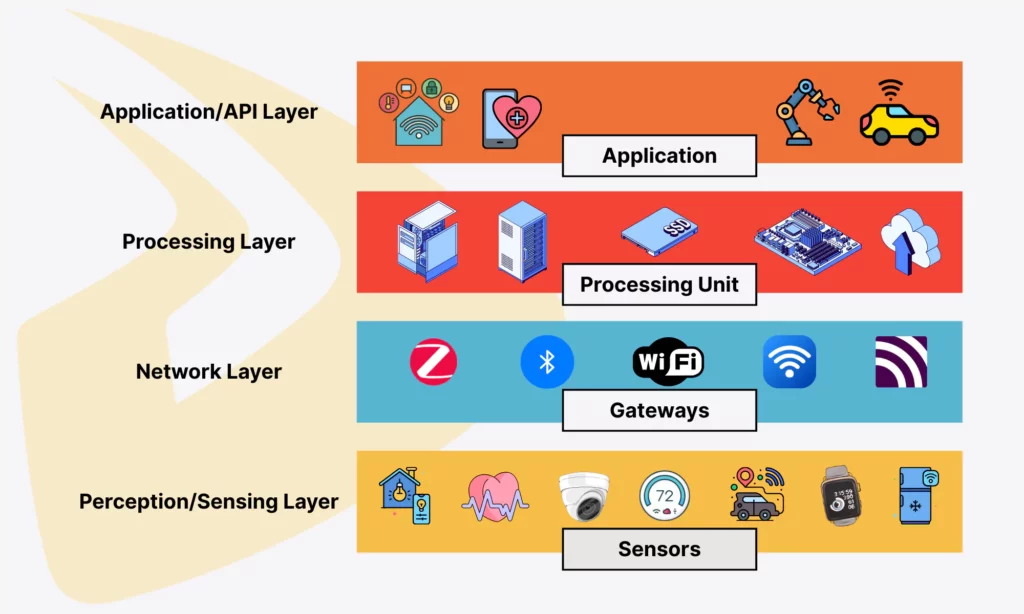
Layer 1: Perception/Sensing Layer
The first/base layer involves physical things or endpoint devices like sensors or actuators. They function as interpreters between the physical and digital worlds. Accordingly, sensors – hardware components embedded in IoT devices – sense changes in surroundings (e.g., changes in temperature or a person’s motion) and collect the data (e.g., temperature or activity levels). Meanwhile, actuators turn that data into tangible actions by acting on it. These physical components use communication protocols (e.g., HTTP or MQTT) to interact with each other and other systems in higher-level layers.
Layer 2: Network Layer
Once your raw data is collected from the sensors, it’s time to transfer and process it in the second layer. The network layer, also known as aggregation, is where Internet/network gateways and Data Acquiring Systems (DASs) gather sensor data from multiple sources via wireless or wired connections. They then convert analog data into digital formats. Further, they play a role as intermediaries that enable IoT devices to communicate with other devices, servers, and systems.
Layer 3: Processing Layer
The next layer is called Processing, where your sensor data will be pre-processed, analyzed, and stored before moving to data centers. Let us explain it in detail!
In this layer, edge devices like network gateways, AI chips, or micro data centers will handle your raw data locally by filtering, summarizing, or compressing the data. These edge IT devices can even use ML algorithms and visualization techniques to produce meaningful insights from data. This approach helps optimize bandwidth and reduce latency, especially in real-time applications (e.g., autonomous vehicles), which require immediate responses based on sensor data and don’t need further analytics from data centers.
Meanwhile, other data that need further analysis and long-term storage will be transmitted to data centers like cloud servers (AWS, Azure, Google Cloud, on-premises data centers, and external databases. Software applications (like your healthcare app) directly access these data centers to manage and visualize the data as well as perform further actions (e.g., combining ML algorithms to suggest new treatment plans based on your historical data collected from wearables).
Layer 4: Application/API Layer
The layer involves the interactions of end users in specific tasks through mobile apps, web portals, and APIs. In other words, this layer allows the IoT system and end users to communicate with each other. For example, you can turn on a light automatically by tapping a button in a smart home application. Or in industrial settings, plant operators can track equipment performance through a dashboard that showcases real-time sensor data.
Why Does IoT Infrastructure Matter for Your Business?

Now, you’ve understood the workings of typical IoT infrastructure. But the question here is: Why should your company know about it?
As you can see, IoT infrastructure consists of six key elements, including IoT sensors, communication protocols, gateways, edge IT, data centers, and software applications. Understanding IoT infrastructure and its components helps your company better visualize how raw data is collected, processed, and analyzed to derive meaningful insights. Accordingly, you can develop careful security strategies to protect data flows throughout the system.
Further, having a solid grasp of the infrastructure helps you detect possible problems more effectively. For example, when encountering data delays, your business may discover the root cause that stems from misconfigured gateways, inefficient communication protocols, or the device layer itself. This helps you promptly find effective solutions to problems.
Finally, understanding how IoT works allows you to make wiser investments in your IoT system. This means you can choose the right technologies, servers, and systems that are compatible with your smart devices and align with your ultimate IoT goals.
Best Practices to Build Effective IoT Infrastructure
To be honest, there are no particular formulas to build IoT infrastructure for all cases. It’s because IoT projects themselves are more complex than other traditional software development projects, and they often involve so many components, from hardware to software. However, it doesn’t mean that building the infrastructure effectively is impossible. Following these practices helps you start off your IoT journey seamlessly.
1. Identify Your Business Goals and Use Cases
Clarify what problems your business wants to solve with IoT. Is that building a new smart security system to protect facilities from break-ins and asset thefts? Or do you want to improve the quality control process by robotics? Defining exact problems helps you map how your IoT devices will communicate with other servers, systems, and end users. In other words, it’ll allow you to identify which data to collect, how to process, store, and analyze it, as well as which communication protocols IoT devices should use.
However, defining your business objectives isn’t enough. Put your IoT idea in the context. The IoT system can be used by multiple people, and unexpected events may happen in reality. Suppose you develop a smart home security system. But what if it’s also used by children who stay at home alone when their parents are away on a business trip? Considering this context will help you develop child-friendly features.
2. Develop the Right Infrastructure
You can develop a suitable IoT infrastructure based on the four-layer one we mentioned. Also, adopt three-, five-, or even seven-layered infrastructure as long as it’s ideal for organizing your IoT system. Besides, you can consider centralized cloud-based infrastructure or decentralized edge architecture based on your needs. While edge IT is ideal for real-time applications due to its low latency benefit, cloud approaches are better suited for large-scale data storage and analysis. Otherwise, you may consider hybrid approaches for the IoT system.
3. Choose the Right Techs and Protocols
Select IoT devices with technical specs that fit your business objectives and requirements for power usage and processing capabilities. Further, consider suitable communication protocols (e.g., Wi-Fi, Bluetooth) in accordance with your network requirements.
Additionally, you should choose IoT cloud-based platforms that come with essential features and functionalities for your IoT system, like data storage or device management. Some common options include AWS IoT, Azure IoT, Oracle IoT, and Siemens IIoT. If you use edge computing, select the correct platform that meets your demands for latency, processing power, bandwidth, security, and more. You can consider some of the best options like Azure IoT Edge, AWS IoT Greengrass, and Eurotech Everyware Software Framework.
4. Focus on Security

Design IoT infrastructure with data security and privacy in mind. The core asset of IoT systems is (vast amounts of) data from different devices and sensors. This data may contain sensitive and confidential information of an individual or a business. Any holes in the infrastructure can be prone to cyberattacks by threat actors. So, the infrastructure should be developed with the best security measures from the first to the final layer. These measures may include data encryption, device authentication, and access control.
Further, designing the system should count functionalities that inform users promptly about any error situations (i.e., when someone tries to access their devices) and alert the security team to offer immediate help. Essentially, your IoT system needs to comply with industry-specific regulations about data privacy and security, like GDPR.
5. Address Interoperability & Scalability Issues
One of the commonly seen problems in IoT infrastructure is interoperability. This term refers to the ability to make different devices and systems work seamlessly. The issue appears due to the complex nature of IoT infrastructure, especially in multifarious systems. In other words, when your system has too many devices and sensors with different communication protocols, data formats, and more, it definitely struggles to make everything harmonious with each other. Think of your IoT system as a chairman who is trying to make everyone from different departments with different perspectives speak the same language in a meeting.
To handle this problem, use IoT standardizations that set the rules for IoT devices to connect with each other. These standards include Sigfox, RPMA, M2M (Machine-to-Machine), Contiki, and LiteOS. Particularly:
- M2M allows devices to directly connect and exchange data without human intervention.
- Sigfox and RPMA are communication technologies that allow devices from different manufacturers to send and receive data through wireless connectivity.
- Contiki and LiteOS operating systems offer a standardized environment for developers to build apps for many resource-constrained devices.
Another thing to consider when developing IoT infrastructure is scalability. Ensure your infrastructure can handle the increasing number of devices and growing data volumes.
6. Start Small and Keep the IoT System Updated
Once you have already developed IoT infrastructure, don’t rush to deploy it company-wide on a large scale. Instead, begin with small-scale pilot projects to validate how your chosen system is feasible and secure. Besides, small-scale deployments allow you to test the system in a controlled environment and discover possible design flaws or failures. This helps you fix these issues before they become worse and refine the system to ensure its effective performance, security, and reliability.
7. Determine Clear Roles and Responsibilities
Who will take responsibility if your IoT system fails, malfunctions, or doesn’t work as planned over the long term? Well, we know it’s hard to answer this question, as IoT projects are often complex and involve the participation of various stakeholders. This translates to unavoidable conflicts that possibly arise when your IoT system works out of the plan.
That’s why you need to define clearly who plays which roles and takes which responsibility in IoT infrastructure. For example, device managers are in charge of hardware performance, while identity and access managers secure IoT systems by monitoring which devices and users can access which data and resources.
If you work with external providers for cloud platforms or network connectivity, make clear Service Level Agreements (SLAs) that detail responsibilities, response time, and penalties for failures.
Conclusion
Now, you’re here, after discovering the basics of IoT infrastructure! We hope this article gives you a comprehensive overview of what the infrastructure is, which layers it has, and how to build an effective one with our best tips.
In case you’re looking for a trusted IoT software solution with a proven track record, Designveloper is a good option! With deep expertise and experience in 50 tech stacks, we’ve partnered with a wide range of clients across industries to customize IoT solutions for their unique requirements. Our tailored solutions, typically ODC, have improved business workflows, employee productivity, and user satisfaction. Get in touch with us now to receive free estimates for your IoT project!






Read more topics




















